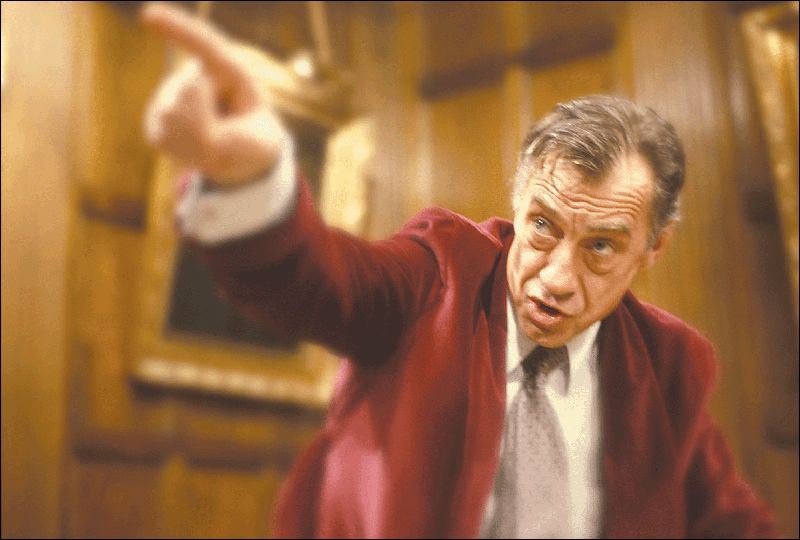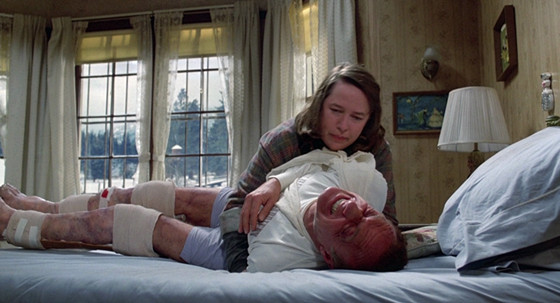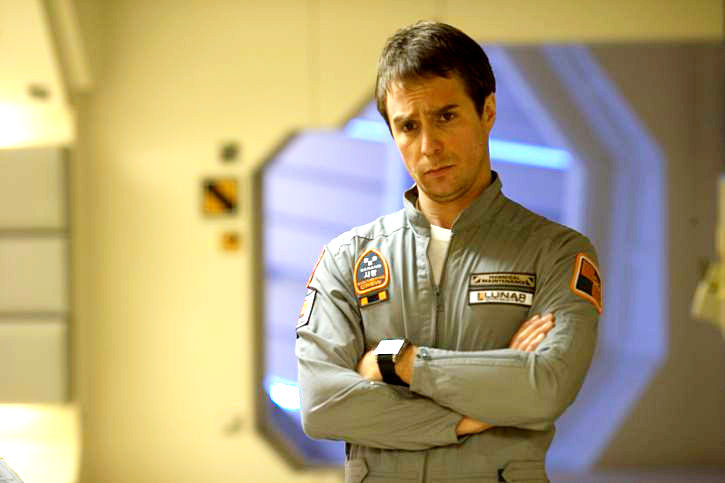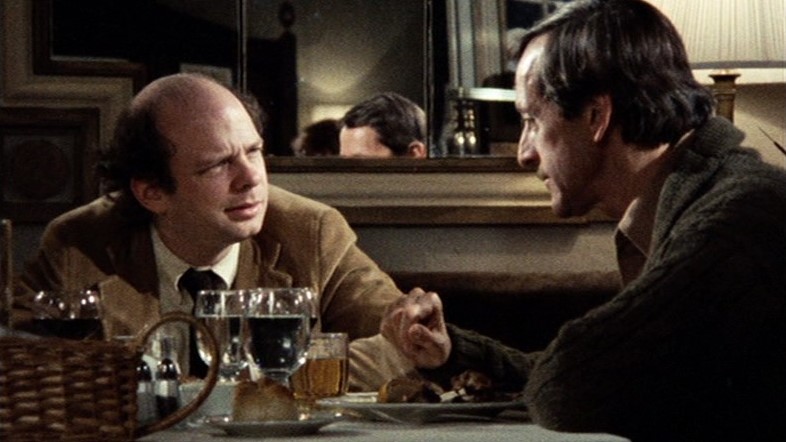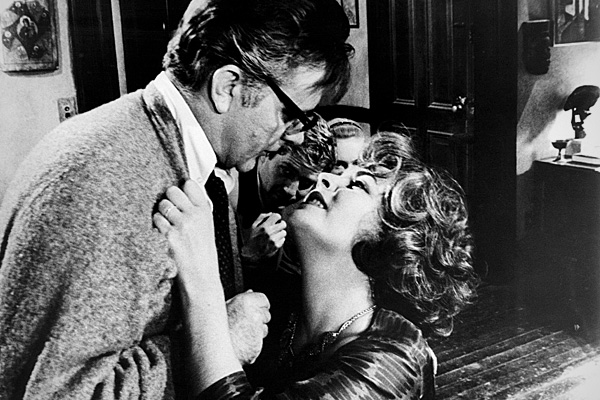8. Secret Honor
Richard Nixon is without a doubt one of the most emblematic figures of the latter half of the 20th century. For the US society, his administration marked the lowest point in the gradual “Loss of innocence” felt since the Kennedy Assassination and his figure and the mythology around him has been seen in such cinematic works such as All The President’s Men (1976), Oliver Stone’s Nixon (1995), Frost/Nixon (2008) and dozens of others that deal with its trouble legacy in a more indirect manner.
Robert Altman’s Secret Honor is essentially a monologue produced made for the screen, a stark departure of Altman’s signature ensemble cast. In the movie, Philip Baker Hall plays the disgraced former president as he records his thoughts and memories while trying to understand where it went all wrong and can he salvage from his own life. A strong and memorable portrait of a larger-than-life figure haunted by his sins, it manages to portray the complexity of said figure with very few elements.
7. Misery
Although most of his input tends to be deeply set in the world of literature, being one of the most adapted authors of the 20th century has meant that Stephen King has, without a doubt, left his mark on the world of cinema and television. With directors such as De Palma, Kubrick, Romero, Darabont and Singer and making not just horror stories but also narratives that project a spirit full of hope, candidness and humanity.
Part of the genius of Rob Reiner’s Misery (1990) is that Stephen King managed to use the sentiment of slowly-growing madness, impotence and isolation that was used in The Shining (1980) and run with it to the opposite direction: instead of an empty and spacious hotel where the characters can roam, most of the action is limited to a small room, instead of a cold, distant father the main antagonist is a warm, motherly figure and the fact that lacks any supernatural element, portraying a very plausible plot of artistic obsession, perhaps it is what makes Misery one of the best Stephen King adaptations to the screen.
6. Antichrist
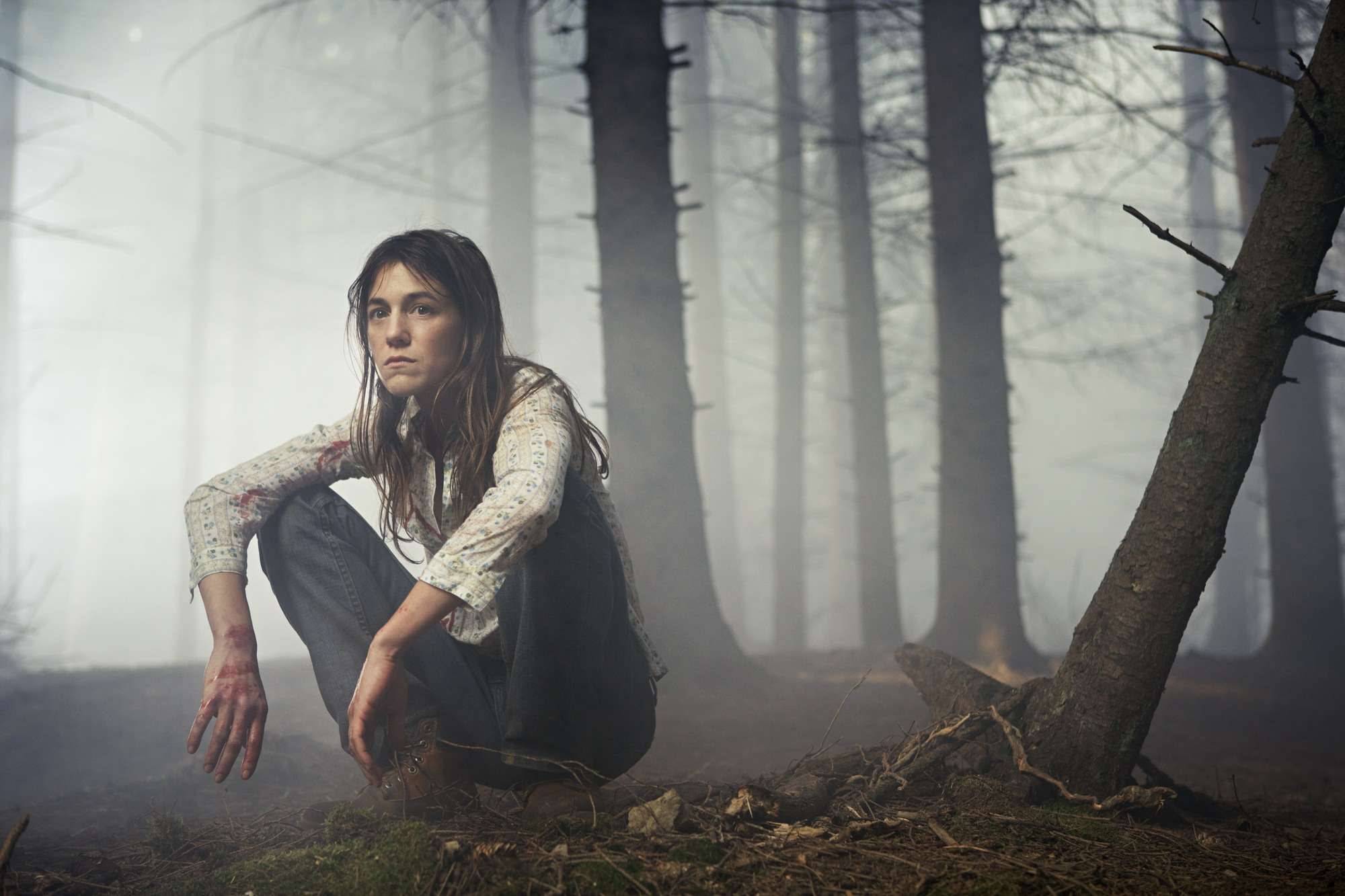
Lars Von Triers is, without doubt, a polarizing figure. Mention him usually brings in controversy but ignoring him and his work would simply be nigh impossible. Though his work has always attracted controversy, perhaps the most famous for this type of attention so far has been 2009’s Antichrist. The movie tells the story of an unnamed couple, played by William Defoe and Charlotte Gainsbourg, whose infant child accidentally dies while the couple is having sex.
Coping with the subsequent guilt and self-loathing, they decide to stay in a cabin in the woods but instead of recovery, they fall into ritualistic acts of sadism as a means of punishment. To reiterate the feeling of alienation and depersonalization of the protagonists, all characters but them have their faces blurred, which has a chilling effect in the last scene of the film.
5. Moon
Although science fiction is one of the most iconic genres on cinema, it means different things to different people. In the past few years, some of the biggest blockbusters have used the genre to give to the audience grandiose romps where the studios can showcase state-of-the-art special effects. Yet, films like Moon (2009) prove that there is still place for smaller, more introspective pictures that touch intimate stories.
Directed by Duncan Jones, Moon stars Sam Rockwell as a lonely astronaut on a moon base with only a robot as a companion and who eagerly awaits the end of his three-year mission. Slowly, he starts developing strange hallucinations and, after suffering an accident while traversing the moon, he starts suspecting that his well-being is not a high priority to his employers or his robot caretaker.
Though some could consider Moon doesn’t have the recognition that deserves, it could be considered as a milestone to a trend of “alternative” science fiction, along with Robot & Frank (2012) and the universally-lauded Her (2013) by Spike Jonze.
4. My Dinner with Andre
Directed by French filmmaker Louis Malle, whose diverse career ranges from working with Jacques Cousteau in the documentary The Silent World (1956) to semiautobiographical WWII drama Au revoir les infants (1986), My Dinner with Andre became a starting point for a new era of US independent cinema by making the bold choice of presenting nothing but a conversation between two characters.
Playwright and actor Wallace Shawn and theater director Andre Gregory wrote and star the film as fictionalized version of themselves having dinner at a upscale Manhattan restaurant. From then on, they friendly discuss their opposing perspectives on what life is about, without reaching any real resolution at the end.
3. Who’s Afraid of Virginia Woolf?
Based on the 1962 play by US playwright Edward Albee, Mike Nichols’ Who’s Afraid of Virginia Woolf? (1966) is a bleak portrait of two marriages, one young and optimistic and the other old and united only by a sick helplessness and how, in a single night of heavily drinking, the newlyweds slowly see how, despite being at different ends of matrimony, the little quirks of youth evolve in bitter obsessions of old age.
Starring real life marriage Elizabeth Taylor and Richard Burton along with George Segal and Sandy Dennis, the film was an early foray on the different type of US cinema that was evolving along the change of social attitudes compared to the 50’s and 60’s. At the same time, the turbulent relationship between in real life between Taylor and Burton no doubt gives a completely new layer of verisimilitude to their characterization.
2. Rope
Loosely based on the Leopold and Loeb murder, where two wealthy college students murdered a 14-year old, Alfred Hitchcock’s Rope (1948) tells the story of two men (John Dall and Farley Granger) murdering their former classmate just before celebrating a party dedicated to him. Hiding his body on a trunk in their living room, they try to see if they can get away with a twisted Nietzsche-inspired idea for “the perfect crime” as a form of art and deceive the constant suspicion of their former headmaster, played by James Stewart.
Overall, Rope can be regarded as an experiment of form and technique by the Master of Suspense. The use of limited location (Dall and Granger characters’ apartment), running on real time and using hidden cuts to give the illusion of 20-minute long continuous shots through the whole film enhances the tension of the protagonists, making the audience wonder how long they can hide a corpse on plain sight.
1. Persona
Sometimes impenetrable and other times universal, Ingmar Bergman manages to create more than a style an ethereal ambiance that brings out an introspective outlook to such heavy-handed topics as life, death, identity and existence. This ambiance has manage to reach to public consciousness in a way few artistic manage, making a simplified pastiche of his oeuvre a shorthand for anything related to the so-called arthouse cinema.
Persona (1966) is, then, a narrative construct dealing at the same time with the story of an actress dealing with psychological speechlessness with her nurse in a small cottage in the woods, the psychological drama of two women whose identities start to blur to the point they complement the same entity and, above all, an exploration of the relationship of art with life. Yet, any simple description won’t do justice what many consider one of the best and most iconic artistic films.
Author Bio: J.E. González is a writer and journalist from Venezuela. With a degree in Social Communications, he has a passion for world culture and narrative arts. You can follow him on Twitter at @maxmordon.
